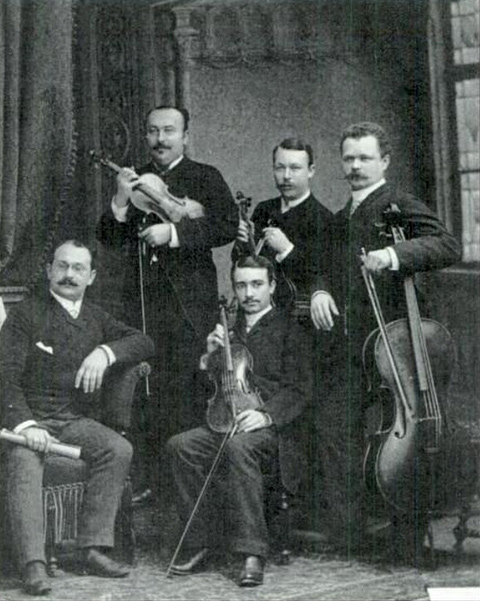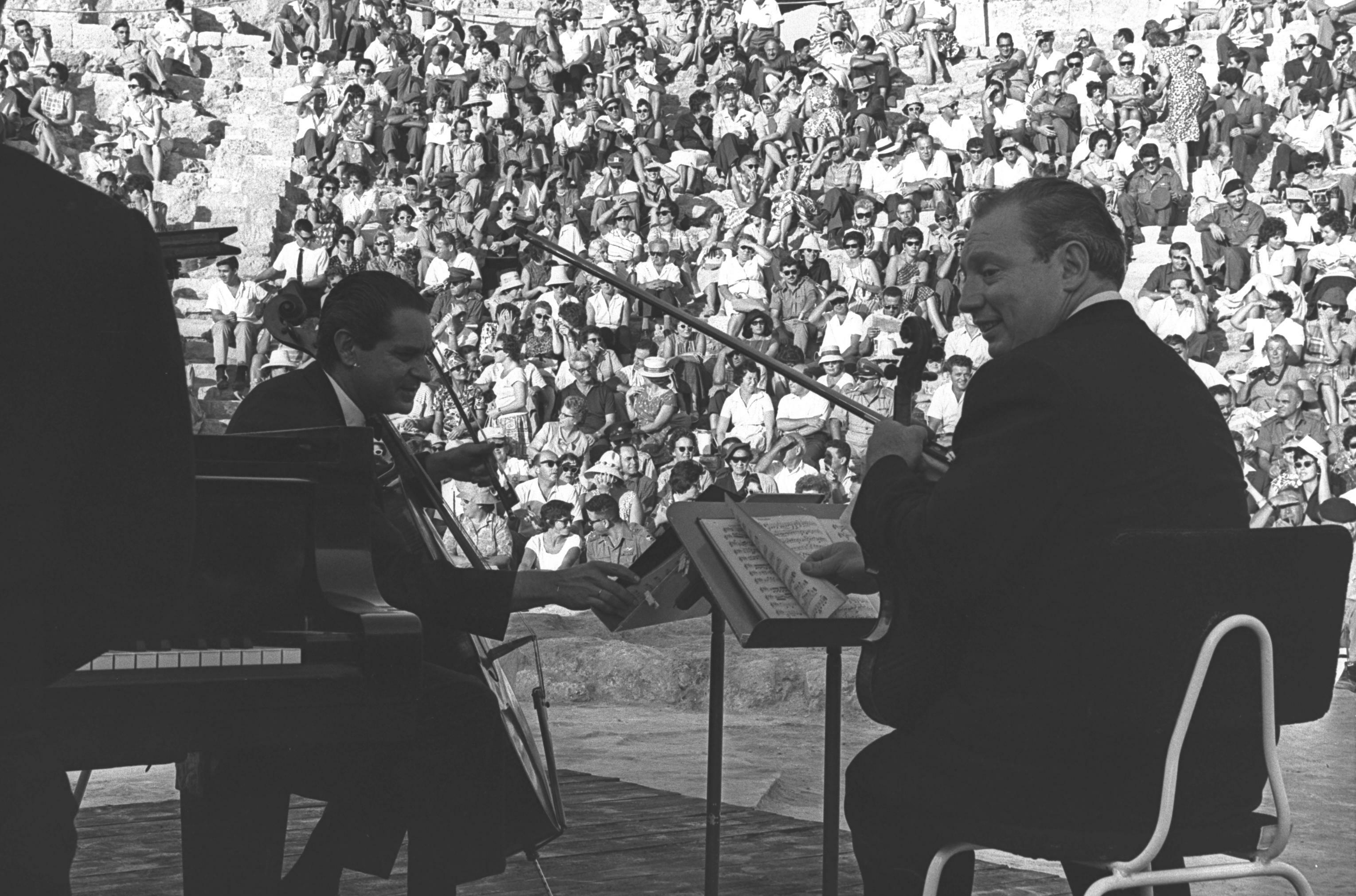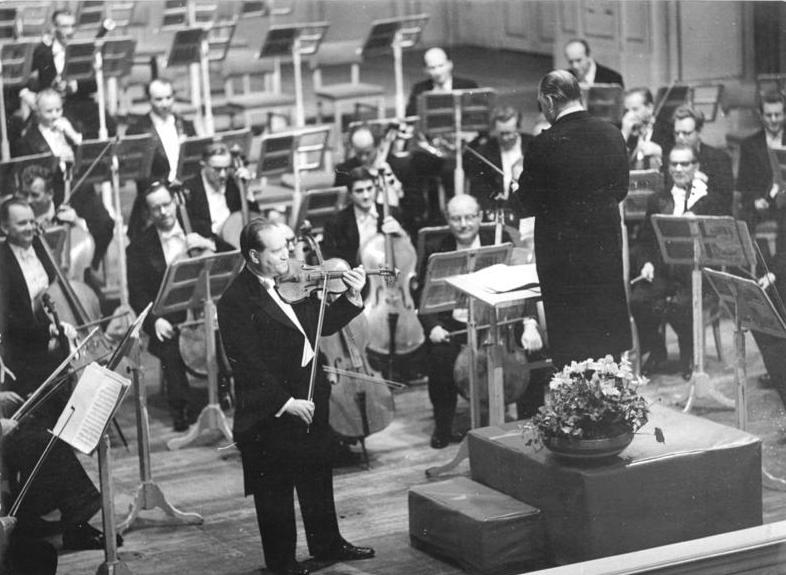|
Hermann Goetz
Hermann Gustav Goetz (7 December 1840 – 3 December 1876) was a German composer who spent much of his career in Switzerland. He is best known for his 1872 opera '' Der Widerspänstigen Zähmung'', based on Shakespeare's ''The Taming of the Shrew''. Life Goetz was born in Königsberg, East Prussia. The son of a salesman, he came into contact with music early in his life. However, he did not receive his first serious piano lesson until 1857 – although he already had begun to compose some years before. At the end of the 1850s, he began to study for a degree in mathematics, but broke this off after three terms to study at the Stern Conservatory in Berlin, where he studied piano and composition with Hans von Bülow. In 1862, he graduated from the conservatory. He then moved to Switzerland in 1863. The following year, Goetz was appointed as city organist of Winterthur in Switzerland (thanks to the assistance of Carl Reinecke), where he taught the piano and began to make his name ... [...More Info...] [...Related Items...] OR: [Wikipedia] [Google] [Baidu] |
Königsberg
Königsberg (, ) was the historic Prussian city that is now Kaliningrad, Russia. Königsberg was founded in 1255 on the site of the ancient Old Prussian settlement ''Twangste'' by the Teutonic Knights during the Northern Crusades, and was named in honour of King Ottokar II of Bohemia. A Baltic port city, it successively became the capital of the Królewiec Voivodeship, the State of the Teutonic Order, the Duchy of Prussia and the provinces of East Prussia and Prussia. Königsberg remained the coronation city of the Prussian monarchy, though the capital was moved to Berlin in 1701. Between the thirteenth and the twentieth centuries, the inhabitants spoke predominantly German, but the multicultural city also had a profound influence upon the Lithuanian and Polish cultures. The city was a publishing center of Lutheran literature, including the first Polish translation of the New Testament, printed in the city in 1551, the first book in Lithuanian and the first Lutheran catechism, ... [...More Info...] [...Related Items...] OR: [Wikipedia] [Google] [Baidu] |
Robert Schumann
Robert Schumann (; 8 June 181029 July 1856) was a German composer, pianist, and influential music critic. He is widely regarded as one of the greatest composers of the Romantic era. Schumann left the study of law, intending to pursue a career as a virtuoso pianist. His teacher, Friedrich Wieck, a German pianist, had assured him that he could become the finest pianist in Europe, but a hand injury ended this dream. Schumann then focused his musical energies on composing. In 1840, Schumann married Friedrich Wieck's daughter Clara Wieck, after a long and acrimonious legal battle with Friedrich, who opposed the marriage. A lifelong partnership in music began, as Clara herself was an established pianist and music prodigy. Clara and Robert also maintained a close relationship with German composer Johannes Brahms. Until 1840, Schumann wrote exclusively for the piano. Later, he composed piano and orchestral works, and many Lieder (songs for voice and piano). He composed four symphonies ... [...More Info...] [...Related Items...] OR: [Wikipedia] [Google] [Baidu] |
Sonata
Sonata (; Italian: , pl. ''sonate''; from Latin and Italian: ''sonare'' rchaic Italian; replaced in the modern language by ''suonare'' "to sound"), in music, literally means a piece ''played'' as opposed to a cantata (Latin and Italian ''cantare'', "to sing"), a piece ''sung''. The term evolved through the history of music, designating a variety of forms until the Classical era, when it took on increasing importance. Sonata is a vague term, with varying meanings depending on the context and time period. By the early 19th century, it came to represent a principle of composing large-scale works. It was applied to most instrumental genres and regarded—alongside the fugue—as one of two fundamental methods of organizing, interpreting and analyzing concert music. Though the musical style of sonatas has changed since the Classical era, most 20th- and 21st-century sonatas still maintain the same structure. The term sonatina, pl. ''sonatine'', the diminutive form of sonata, is of ... [...More Info...] [...Related Items...] OR: [Wikipedia] [Google] [Baidu] |
Piano Quintet
In classical music, a piano quintet is a work of chamber music written for piano and four other instruments, most commonly a string quartet (i.e., two violins, viola, and cello). The term also refers to the group of musicians that plays a piano quintet. The genre particularly flourished during the nineteenth century. Until the middle of the nineteenth century, most piano quintets were scored for piano, violin, viola, cello, and double bass. Following the success of Robert Schumann's Piano Quintet in E major, Op. 44 in 1842, which paired the piano with a string quartet, composers increasingly adopted Schumann's instrumentation, and it was this form of the piano quintet that dominated during the second half of the nineteenth century and into the twentieth century. Among the best known and most frequently performed piano quintets, aside from Schumann's, are those by Franz Schubert, Johannes Brahms, César Franck, Antonín Dvořák and Dmitri Shostakovich. The piano quintet befo ... [...More Info...] [...Related Items...] OR: [Wikipedia] [Google] [Baidu] |
Piano Quartet
A piano quartet is a chamber music composition for piano and three other instruments, or a musical ensemble comprising such instruments. Those other instruments are usually a string trio consisting of a violin, viola and cello. Piano quartets for that standard lineup were written by Wolfgang Amadeus Mozart, Robert Schumann, Ludwig van Beethoven, Johannes Brahms, Antonín Dvořák and Gabriel Fauré among others. In the 20th-century classical music, 20th century, composers have also written for more varied groups, with Anton Webern's ''Quartet'', opus 22 (1930 in music, 1930), for example, being for piano, violin, clarinet and tenor saxophone, and Paul Hindemith's quartet (1938) as well as Olivier Messiaen's ''Quatuor pour la fin du temps'' (1940 in music, 1940) both for piano, violin, cello and clarinet. An early example of this can be found in Franz Berwald's quartet for piano, horn, clarinet and bassoon (1819 in music, 1819), his opus number, opus 1. A rare form of piano quartets ... [...More Info...] [...Related Items...] OR: [Wikipedia] [Google] [Baidu] |
Piano Trio
A piano trio is a group of piano and two other instruments, usually a violin and a cello, or a piece of music written for such a group. It is one of the most common forms found in classical chamber music. The term can also refer to a group of musicians who regularly play this repertoire together; for a number of well-known piano trios, see below. The term "piano trio" is also used for jazz trios, where it most commonly designates a pianist accompanied by bass and drums, though guitar or saxophone may figure as well. Form Works titled "Piano Trio" tend to be in the same overall shape as a sonata. Initially this was in the three movement form, though some of Haydn's have two movements. Mozart, in five late works, is generally credited with transforming the accompanied keyboard sonata, in which the essentially optional cello doubles the bass of the keyboard left hand, into the balanced trio which has since been a central form of chamber music. With the early 19th century, particular ... [...More Info...] [...Related Items...] OR: [Wikipedia] [Google] [Baidu] |
Violin Concerto
A violin concerto is a concerto for solo violin (occasionally, two or more violins) and instrumental ensemble (customarily orchestra). Such works have been written since the Baroque period, when the solo concerto form was first developed, up through the present day. Many major composers have contributed to the violin concerto repertoire, with the best known works including those by Bach, Bartók, Beethoven, Brahms, Bruch, Dvořák, Khachaturian, Mendelssohn, Mozart, Paganini, Prokofiev, Sarasate, Shostakovich, Sibelius, Tchaikovsky, and Vivaldi. Traditionally a three-movement work, the violin concerto has been structured in four movements by a number of modern composers, including Dmitri Shostakovich, Igor Stravinsky, and Alban Berg. In some violin concertos, especially from the Baroque and modern eras, the violin (or group of violins) is accompanied by a chamber ensemble rather than an orchestra—for instance, in Vivaldi's ''L'estro armonico'', originally scored for four vi ... [...More Info...] [...Related Items...] OR: [Wikipedia] [Google] [Baidu] |
Piano Concerto
A piano concerto is a type of concerto, a solo composition in the classical music genre which is composed for a piano player, which is typically accompanied by an orchestra or other large ensemble. Piano concertos are typically virtuoso showpieces which require an advanced level of technique on the instrument. These concertos are typically written out in music notation, including sheet music for the pianist (which they typically memorize for a more virtuosic performance), orchestra parts for the orchestra members, and a full score for the conductor, who leads the orchestra in the accompaniment of the soloist. Depending on the era in which a piano concerto was composed, the orchestra parts may provide a fairly subordinate accompaniment role, setting out the bassline and chord progression over which the piano plays solo parts (more typical during the Baroque music era, from 1600 to 1750 and the Classical period, from 1730 to 1800), or the orchestra may be given an almost equal ro ... [...More Info...] [...Related Items...] OR: [Wikipedia] [Google] [Baidu] |
Symphony
A symphony is an extended musical composition in Western classical music, most often for orchestra. Although the term has had many meanings from its origins in the ancient Greek era, by the late 18th century the word had taken on the meaning common today: a work usually consisting of multiple distinct sections or movement (music), movements, often four, with the first movement in sonata form. Symphonies are almost always scored for an orchestra consisting of a string section (violin, viola, cello, and double bass), Brass instrument, brass, Woodwind instrument, woodwind, and Percussion instrument, percussion Musical instrument, instruments which altogether number about 30 to 100 musicians. Symphonies are notated in a Full score, musical score, which contains all the instrument parts. Orchestral musicians play from parts which contain just the notated music for their own instrument. Some symphonies also contain vocal parts (e.g., Ludwig van Beethoven, Beethoven's Symphony No. 9 (Bee ... [...More Info...] [...Related Items...] OR: [Wikipedia] [Google] [Baidu] |
Gustav Mahler
Gustav Mahler (; 7 July 1860 – 18 May 1911) was an Austro-Bohemian Romantic composer, and one of the leading conductors of his generation. As a composer he acted as a bridge between the 19th-century Austro-German tradition and the modernism of the early 20th century. While in his lifetime his status as a conductor was established beyond question, his own music gained wide popularity only after periods of relative neglect, which included a ban on its performance in much of Europe during the Nazi era. After 1945 his compositions were rediscovered by a new generation of listeners; Mahler then became one of the most frequently performed and recorded of all composers, a position he has sustained into the 21st century. Born in Bohemia (then part of the Austrian Empire) to Jewish parents of humble origins, the German-speaking Mahler displayed his musical gifts at an early age. After graduating from the Vienna Conservatory in 1878, he held a succession of conducting posts of rising ... [...More Info...] [...Related Items...] OR: [Wikipedia] [Google] [Baidu] |
Introverted
The traits of extraversion (also spelled extroversion Retrieved 2018-02-21.) and introversion are a central dimension in some human personality theories. The terms ''introversion'' and ''extraversion'' were introduced into psychology by Carl Jung,Jung, C. G. (1921) ''Psychologische Typen'', Rascher Verlag, Zurich – translation H.G. Baynes, 1923. although both the popular understanding and current psychological usage vary. Extraversion tends to be manifested in outgoing, talkative, energetic behavior, whereas introversion is manifested in more reflective and reserved behavior. Jung defined introversion as an "attitude-type characterised by orientation in life through subjective psychic contents", and extraversion as "an attitude-type characterised by concentration of interest on the external object". Extraversion and introversion are typically viewed as a single continuum, so to be higher in one necessitates being lower in the other. Jung provides a different perspective ... [...More Info...] [...Related Items...] OR: [Wikipedia] [Google] [Baidu] |
Wolfgang Amadeus Mozart
Wolfgang Amadeus Mozart (27 January 17565 December 1791), baptised as Joannes Chrysostomus Wolfgangus Theophilus Mozart, was a prolific and influential composer of the Classical period. Despite his short life, his rapid pace of composition resulted in more than 800 works of virtually every genre of his time. Many of these compositions are acknowledged as pinnacles of the symphonic, concertante, chamber, operatic, and choral repertoire. Mozart is widely regarded as among the greatest composers in the history of Western music, with his music admired for its "melodic beauty, its formal elegance and its richness of harmony and texture". Born in Salzburg, in the Holy Roman Empire, Mozart showed prodigious ability from his earliest childhood. Already competent on keyboard and violin, he composed from the age of five and performed before European royalty. His father took him on a grand tour of Europe and then three trips to Italy. At 17, he was a musician at the Salzburg court b ... [...More Info...] [...Related Items...] OR: [Wikipedia] [Google] [Baidu] |
.jpg)






